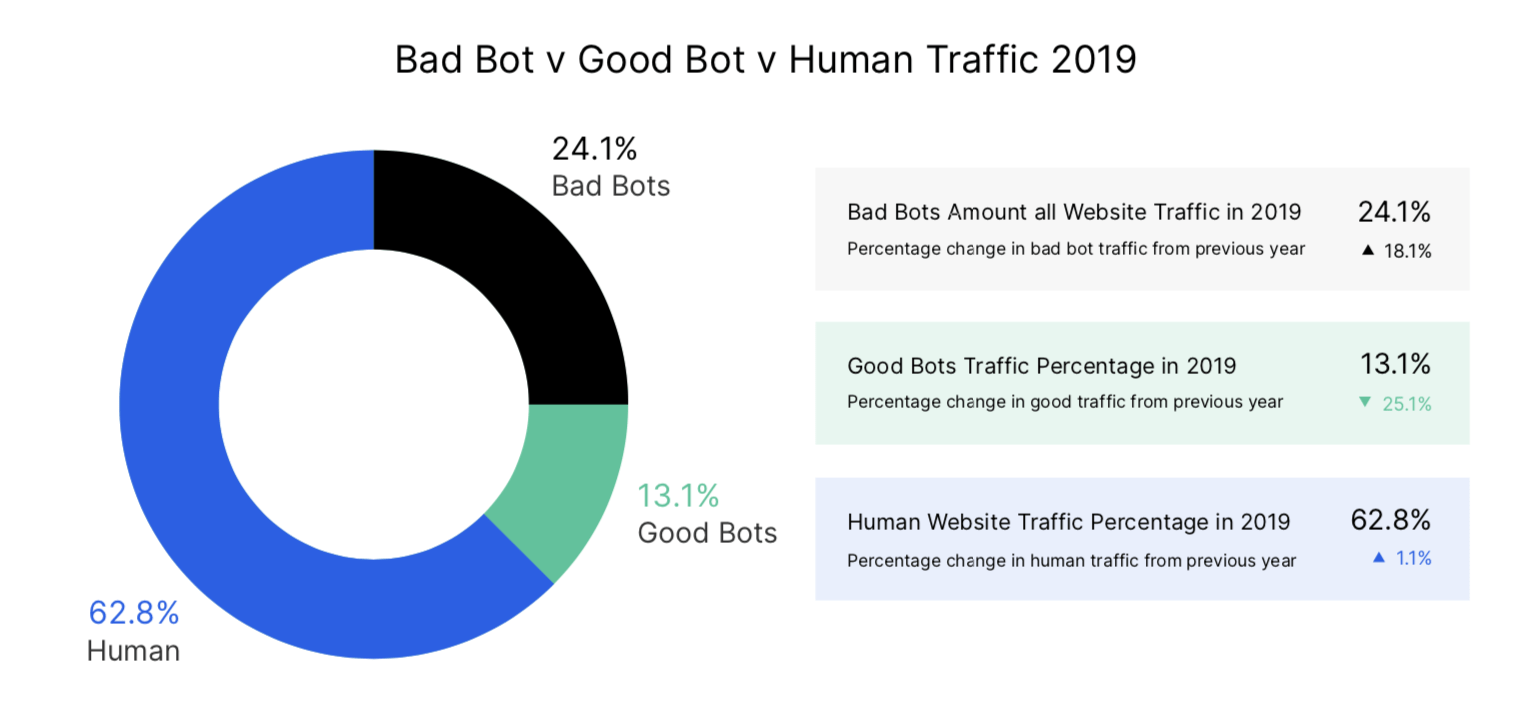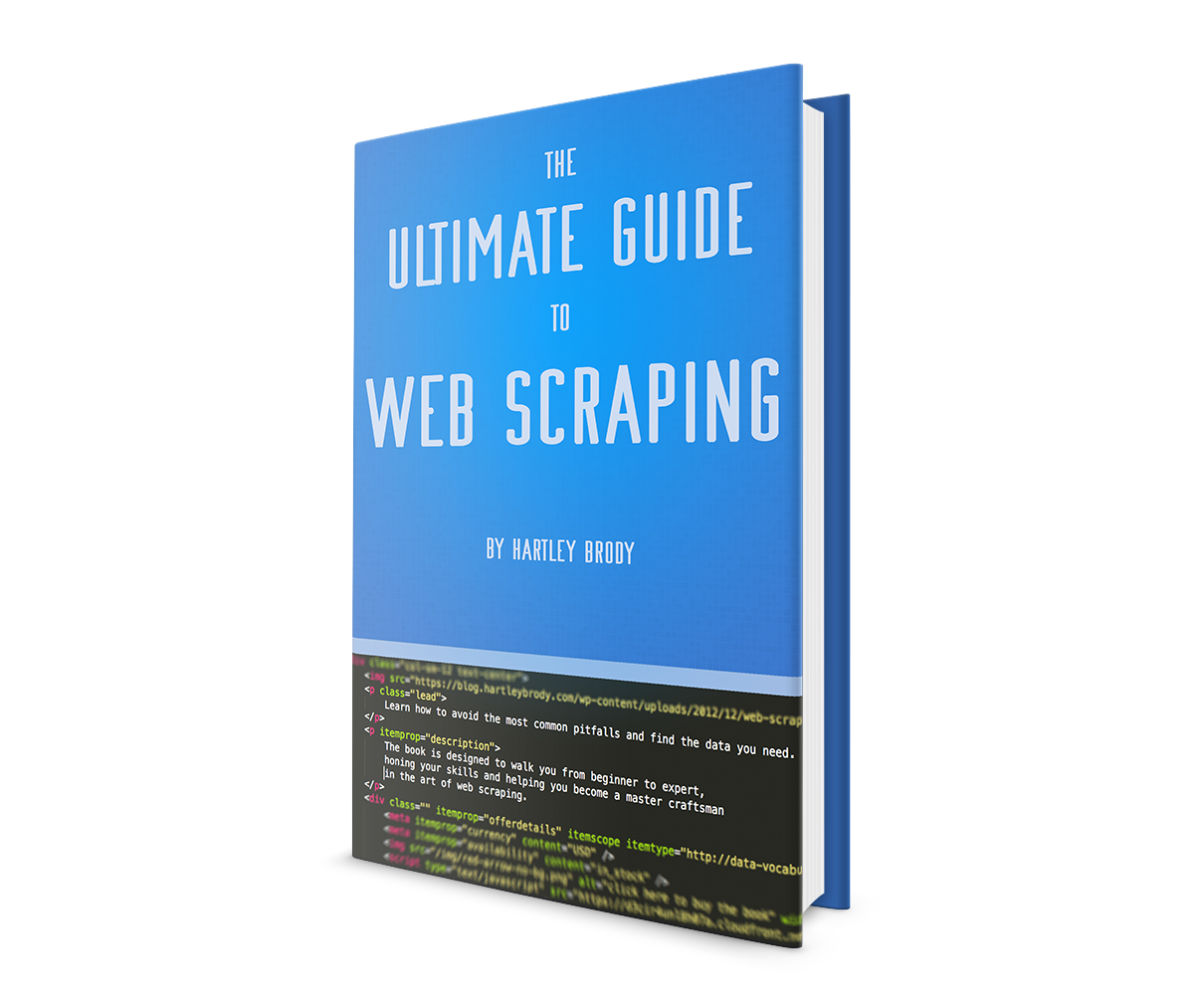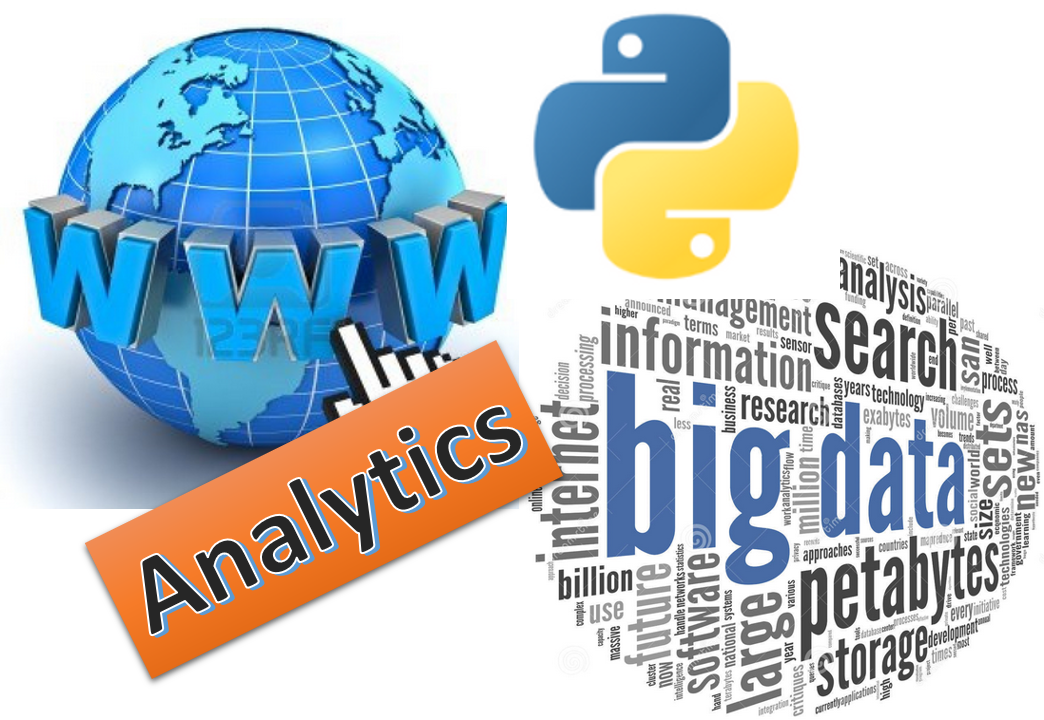Web Scraping services are in-demand thanks to the sophisticated technical skills required to get it done. Because organizations are seeing how effective data analysis can help their business grow, the demand for Web Scraping is expected to increase. Learn and improve web scraping skills with Web Scraping Exercises below. This project was built to help people and I did not earn money from my work. But you can still support my work Buy me a coffee! Ultimate Guide To Scrapy (eBook) Exercise #1 Basic Info Scraping. Web scraping using XPath or CSS expression.
So, you’ve heard all about web scraping.
Web Scraping has now become a sensational service with its multiple uses in any genre or domain. Businessmen look for simpler and convenient methods to convert loads and load amount of web pages into useful and authentic data for developing their product descriptions to writing enticing content that generates more revenue for their company. There is no doubt that the most jobs requiring web scraping are tech-relevant ones, like Engineering, and Information Technology. There are, however, surprisingly many other kinds of works also require web scraping skills such as Human Resources, marketing, business development, research, sales.
Now, it’s time to build your first web scraping project and you might not know where to begin.
One of the first steps toward completing your project will be choosing a web scraping technique.
Today, we’ll review some of the most popular web scraping techniques and which might be the best fit for your business.

What is Web Scraping?
First, a quick refresher on web scraping.
As you may already know, web scraping refers to the extraction of data from any website. Due to its broad definition web scraping can be done in many different ways.

However, you must make sure you don’t confuse web scraping with data mining or APIs.
Want to learn more? Read our guide on what web scraping is and what it is used for.
Web Scraping Techniques
With the refresher out of the way, let’s break down the most common web scraping techniques.
Manual Scraping

Not surprisingly, web scraping can be done manually. All you need is the ability to copy/paste information and a spreadsheet to keep track of the extracted data.
This method comes with many pros and cons.
Pros
- Arguably the easiest method of web scraping, no need to learn any new set of skills to perform the scraping
- Allows for human checks of every data point to avoid errors or skip irrelevant data records during your extraction.
- Due to how slow manual scraping can go, it is highly unlikely to get blocked from accessing the website you’re extracting data from.
Cons
- Arguably the slowest method of web scraping. Even at top speeds, a web scraping bot will be significantly faster than a human at scraping data.
- Time is money, therefore, manual web scraping can be quite expensive if only for the time investment. It can be even more expensive if you’re paying someone to do scrape the data.
- With human precision also comes human error. Depending on how important data accuracy is for you, human error can cost you quite a lot.
Automated Scraping
On the other side of the spectrum, we have automated web scraping.
Automated web scraping tools have become increasingly popular due their ease of use and savings in time and costs.
These tools also come in many different shapes and sizes, from simple browser extensions to more powerful software solutions.
Pros
- Allow for incredibly fast web scraping, extracting hundreds of records in mere seconds
- Time=money. These tools allow for large savings in web scraping costs.
- They are easy to use. Most modern web scrapers have implemented incredibly friendly UIs that allow anyone to scrape data from the web without the need for any coding skills.
- Most web scrapers offer free plans to scrape data at even lower costs.
- Modern web scrapers can be run on a schedule and made to output data to a Google Sheet or as a JSON file. Essentially creating a live API for any data set on the web.
Cons
- Might require some slight training on how to use the tool itself. Some tools tackle this by implementing friendly UIs and tutorials.
- Some websites actively try to block web scrapers from extracting their data. Some tools tackle this by using tools such as IP Rotation.
- Lack of human checks while the data is being extracted. We recommend you review your data extractions from your web scraper before using the data set.
Best Web Scraping Tools
Outsourced Web Scraping
Lastly, we wanted to also discuss outsourced web scraping.
After all, you might not want to bother with managing your web scraping projects yourself. In this scenario, you might decide to outsource your web scraping projects.
In this case, you must be wary of the methods used by the contractor you have selected.
- What web scraper techniques are they using?
- Are they extracting data from sources you’ve approved of?
- Do they allow you to review the data and ask for re-do’s as necessary?
What is the best web scraper?
You now might be wondering what’s the best web scraper for your project.
The truth is that it depends on your specific needs and projects. However, we’ve put together a guide on how to find the best web scraper for your project.
We obviously recommend ParseHub, a free a powerful web scraper than can extract data from any website.
Python Web Scraping
Happy Scraping!
